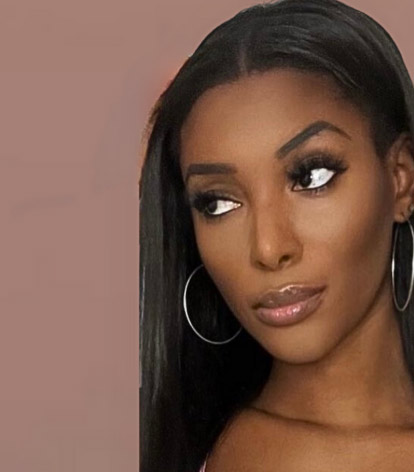
Our facial plastic surgeons, Drs. Litner and Solieman, are experienced in the nuances of African American noses and respect the need to maintain the nose’s ethnicity while improving its appearance. This has allowed our surgeons to conduct African American rhinoplasty procedures in Beverly Hills that result in natural-looking features.
Most of our African American patients who are interested in rhinoplasty simply want their noses to balance better with their features. While we recognize that there is tremendous variability among African American noses, typically African American patients seek rhinoplasty because of the feeling that the nose is too wide, “too big,” or does not match other features of the face. Double board-certified facial plastic surgeons, Drs. Litner and Solieman, work together on every rhinoplasty, which allows them to achieve refined results and a very low revision rate. We invite you to read more about us, the anatomy of African American noses, and the techniques we employ to achieve optimal results.
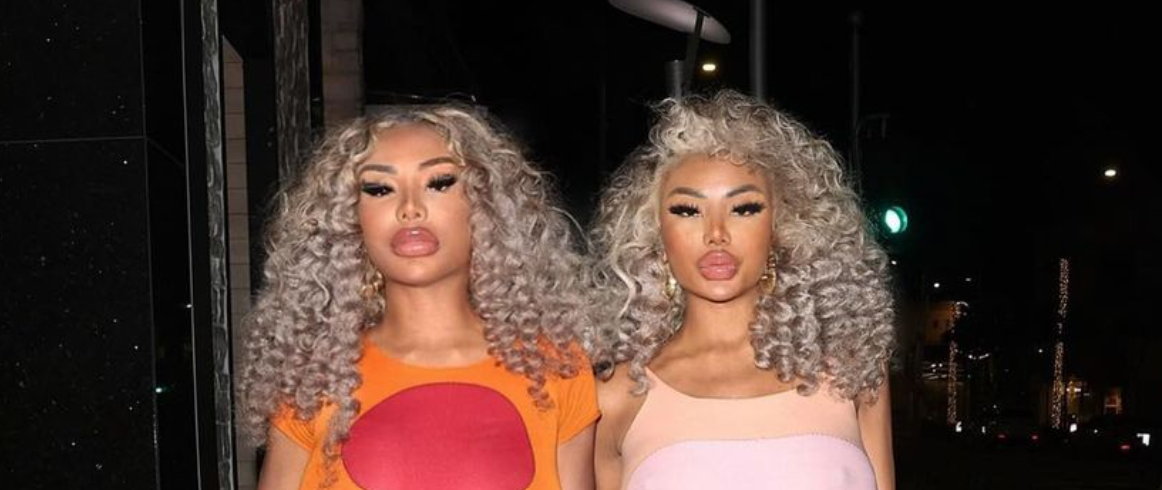
The reason you should consider us for your African American Rhinoplasty is simple: we are highly trained and have years of experience in this specialty. You may have already come across our African American textbook page or one of our many blog posts regarding how we perform African American rhinoplasty or how we can make your nostrils smaller while keeping a natural look. However, what is most dear to us are the thank you letters we get from satisfied patients, such as he one below:
“While in the process of conducting research for qualified plastic surgeons to perform rhinoplasty on my African-American nose, I was exposed to numerous horror stories involving bad surgical outcomes of patients like me that received the same procedure. As a result, I was somewhat apprehensive about moving forward with the surgery until I went to Profiles Beverly Hills and met Drs. Litner and Solieman who assured me they would be able to perform the surgery I wanted without giving me a “cookie cutter” nose that didn’t fit my face or racial identity. Rather, I would receive an aesthetically pleasing custom nose while maintaining complete functionality, which is what I desired.


Upon meeting them, both surgeons instantly put me at ease with their professionalism, knowledge, and down to earth good humor. Now, after (6) months post surgery, I can honestly say my procedure was a success and has already far exceeded my expectations with only having experienced minimal down time and bruising. Not only do I have the perfect nose for my face, even those closest to me have not suspected I had anything done. I truly feel the surgeons gave me the nose I should have been born with, and I didn’t have to mortgage my house to pay for it.
Lol. Regardless of your ethnic background, these guys flat out know what they are doing. Competent, passionate physicians like them are the prize of the medical profession and I wish to express my heartfelt appreciation for the excellent care, kindness, and support I received from them and their fine staff before, during, and after the procedure to help make my experience so positive. PROFILES IS AWESOME! Thanks again.”
If we were to compare the African American nose to other ethnicities, we find that our African American patients tend to have:
*Results May Vary
Here we answer a handful of the most common questions about African American rhinoplasties. There are a lot of delicate details that go into this, and cases such as these can take us many hours to perform. However, we dedicate the time necessary to get the best results possible in each case, because our ultimate goal is that your first rhinoplasty with PROFILES is also your last.
Over the years, we have found that many patients that come from different ethnic backgrounds want a rhinoplasty because their nose is oversized or has a distinct shape that does not match their face. However, there is often some confusion when we explain that augmentation rhinoplasty is often needed in order to make their nose look smaller.
While we recognize that there is tremendous variability in every parameter of the African American noses: including nostril shape and flare, nasal length, skin thickness, columella length, nasal projection, and bridge height; numerous studies have shown that African American patients, on average, tend to have:
1. Weak, Short Tip Cartilages– results in tip looking short and droopy
2. Wider, Bulbous Nasal Tips
3. Wider Variability in Nostril Shape
4. Greater Nostril Flare (bigger nostril curvature)- makes tip look wide
5. Acute Nasolabial Angle– again can make tip look droopy
6. Thin, Weak Septal Cartilage– harder to support and refine nose
7. Wider, Lower Nasal Bridges– makes nose look wide and washed out
8. Thicker Skin– makes it more difficult to add tip definition and refinement
9. Excess Tissue in the Nasal Tip– resulting in poor tip definition
With all of this being said, over the years we have found that the most challenging part in African American rhinoplasty is correcting the deficiency in tip projection in the face of a bulbous, amorphic tip with thick skin. In other words, the nose is at once short and wide.
As a result, in this type of nose it is important to build up and add to the tip structure in order to not only provide adequate support but also to give lasting tip definition and refinement. And at the same tip we must recognize that most of our patients are seeking a thinner, more refined nasal tip that is not built up too much. So as you can see in our example below a balance must be created between appropriate refinement without excessive projection.
This professional African American presented after noticing that over time his nose had started to droop and widen. You will note that even 3 months after surgery the improvement in tip definition and refinement is significant.
A bulbous nasal tip is one of the most common reasons for patients to seek rhinoplasty. A bulbous tip, often called a boxy tip, refers to a tip that is too wide and prominent in proportion to the rest of the nose and other facial features. The key focus in our approach to bulbous tips is in emphasizing creation of a sense of tip refinement and definition rather than excessive narrowing.
To accomplish this, we rely heavily on suture techniques that draw the tip cartilages into exactly the shape we want rather than relying too much on older techniques that involve removal of strips of cartilage from the tip in order to make it smaller. The advantage of our approach is an extraordinary degree of reliability and predictability that can do away with potential problems like pinching of the tip, loss of tip support, and breathing issues.
One other consideration in evaluating bulbous tips is the need to address any other contributing factors. Many bulbous tips are not just wide — they are too prominent in all dimensions including being overprojected, or pointing out too far away from the face. Often, and especially in ethnic patients, the fatty tissue overlying the tip cartilage is also thick and needs to be dealt with if we hope to get the best possible result. The open technique is by far the superior approach for dealing with both of these issues because the cartilage and fatty tissue can be addressed directly as opposed to using indirect methods to deproject the tip that potentially weaken tip support. This allows us to create a tip that is symmetrical, smooth, and strong enough to hold up for a lifetime.
The patient below is shown before and 1 year after open rhinoplasty for refinement of a bulbous tip. Note how the boxy appearance has been transformed into a more triangular contour while remaining smooth and without looking pinched.
Many rhinoplasty patients are interested in narrowing their wide nostrils at the base of their nose but many are afraid of obvious scars or of having a distorted or pinched look. There is the potential for these sorts of problems if nostril narrowing is not planned and done properly but, with care and appropriate technique, this can be a really nice finishing touch to a great rhinoplasty.
There are a few different techniques for narrowing wide nostrils, known as alar base reduction. The 2 most popular techniques are shown below followed by the technique that we use. We’ll illustrate for you how it is done and the effect that each technique has on the nostril shape.
The photos above show the most popular technique for nostril reduction, called Weir incisions. This involves removing a wedge of tissue from the edge of the nostril where it meets the cheek (shaded in blue). The arrow indicates the direction in which the edge of the nostril is then pulled down and re-sewn. While the scar is well hidden here, it has a tendency to flatten the nostril by removing its natural curvature. When done over-aggressively, the tip can take on a very unnaturally pinched triangular shape as seen on the right. When too much skin is removed, the skin closure is under tension and can result in a poor scar that will need further treatment to get it looking acceptable.
The photos above show another common technique for nostril narrowing, called Joseph incisions. This involves removal of a wedge of skin from the base of the nose in an area known as the nasal sill (the blue shaded area). The edges of skin are then pulled together in the direction of the arrows under some tension. Again, over-reliance on this technique can cause scars that are widened and nostrils that appear abnormally notched as shown in the photo on the right.
The final set of photos above demonstrate our modified alar base narrowing technique. This is the method we use for Beverly Hills nostril reduction in our patients. Our method involves removal of a crescent-shaped wedge of skin from the sill followed by incision just above the nostril crease. The entire nostril is then moved inwards in the direction of the arrow to recreate a normal nostril contour.
The benefits of this technique are numerous. With this procedure, the scars typically heal invisibly within a week or two because they are concealed. Furthermore, the scars are not under any tension, resulting in fast healing even in ethnic patients or cases where the patient has thicker skin. The natural curve of the nostril, as well as the crease between the nostril and cheek, are both preserved. A major advantage is that this procedure can be customized to each patient’s specific needs, which means that we can address elements like the width, flare, and internal shape of the nostril. The simulation on the right shows how this technique can achieve a beautifully-proportioned natural nostril narrowing. Check out our dedicated rhinoplasty site or our online rhinoplasty textbook for more details.
Another potential pitfall occurs when a thick-skinned nose must be reduced significantly in size. Thick skin tends not to contract as much or as quickly as we might like after surgery. If the nasal tip or bridge is reduced too much, the space in between the reduced nasal skeleton and the skin can fill in with scar tissue over time. The result can be a nose that may be somewhat smaller, but is amorphous in shape and poorly supported. It tends to look a little ‘blobby’ once healed and patients often end up unhappy because they wanted a small, refined nose instead of a small, unrefined one. To avoid this outcome, we will usually recommend reducing your nose a little more conservatively in this situation. Thick skin requires more support, so leaving a strong nasal framework is an especially good idea in this setting. A very nice and dramatic result can still be had and a moderately smaller, but refined, nose will tend to look much better for you. Sometimes we can push along the skin shrinkage with steroid injection and having you tape your skin at night for an extended period after surgery to achieve the optimal result. It’s important to keep in mind also that thicker-skinned patients will usually take longer to see the degree of refinement they want, sometimes up to 2 years or more after surgery.
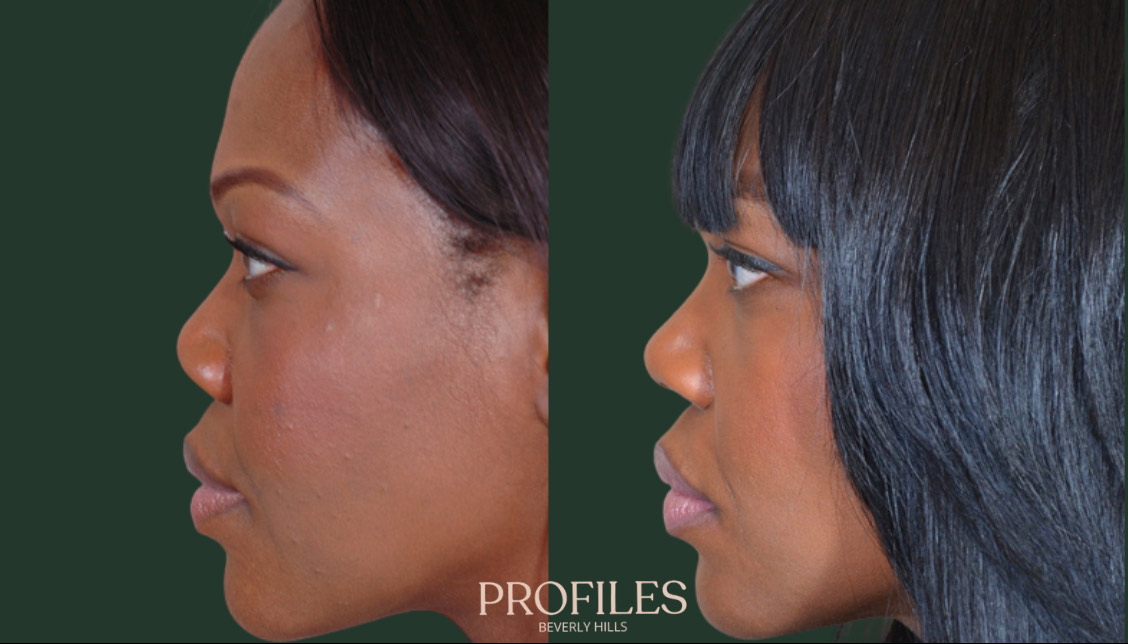
We have found two things to be the most important to our success with African American rhinoplasty:
People of all ethnicities should be aware of the potential risks and temporary side-effects of rhinoplasty. These include:
In general, for most of our African American patients, the widened frontal view is the most troublesome issue, especially at the tip and nasal base. Moreover, sometimes there is a real lack of bridge height from a profile view. As such, the fundamental issue is how to make the nose less wide to balance the face and look smaller even as we look to build underlying support.
What distinguishes our approach is a clear focus on tip definition and nasal base reduction that is appropriate to your face. Many plastic surgeons approach the African American nose with a belief that by building the bridge and adding cartilage to the tip, the nose will look more refined. While this does occur to a point, the reality is that it can lead to a loss of ethnic identity and a larger nose without the desired refinement from a front view.


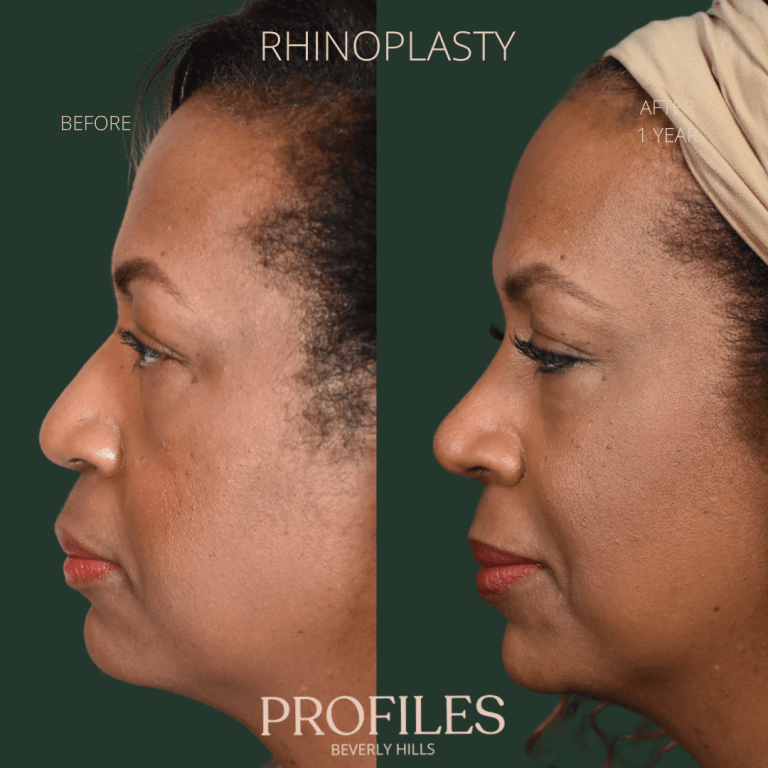

The resulting natural aesthetic that achieves the permanent refinement you are seeking has made us one of the foremost rhinoplasty centers for African Americans in the country. If you want to learn more about working with Drs. Litner and Solieman, get in touch with Beverly Hills PROFILES and make an appointment today.
Although it may take up to a year for all swelling to subside, the results obtained through a rhinoplasty procedure are usually permanent. Revision rhinoplasties are usually performed when patients are not happy with the outcome or because there is a functional problem in the nose, not because of the results.
During rhinoplasty recovery, patients report mild to moderate pain levels. In most cases, the discomfort is treated via over-the-counter medication, although Drs. Litner and Solieman will provide specific instructions to each patient, which need to be followed after the procedure.
Similarly to other cosmetic procedures, rhinoplasty surgery has risks and side-effects you must take into consideration. With this in mind, hundreds of thousands of rhinoplasties are conducted across the country every year, so it’s a fairly common procedure. Just make sure you work with double board-certified surgeons that have a proven track record.
Rhinoplasty surgery can produce temporary side effects such as:
All rhinoplasty patients are different, so your road to recovery will be a unique journey. In many cases, patients can return to normal activities within a few weeks, except for high-intensity physical activities. Before your operation, Drs. Solieman and Litner will go over everything you need to know.
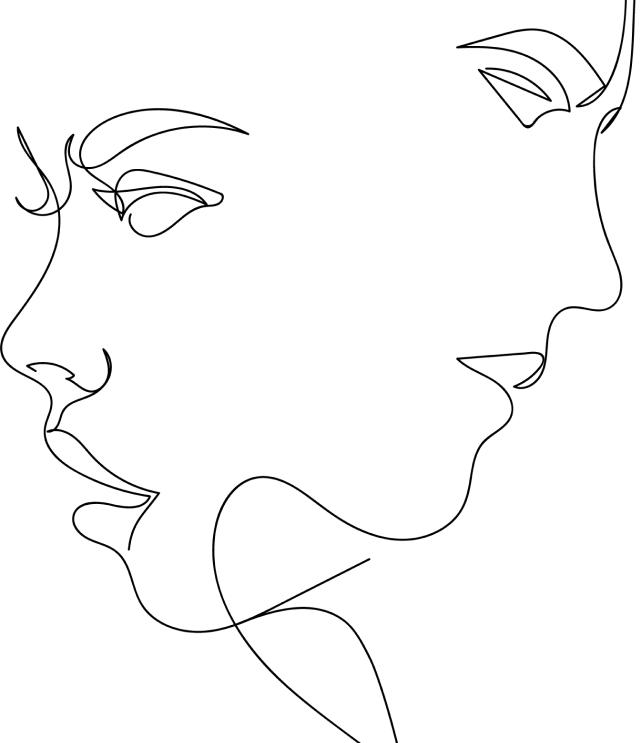
ASK US ANY QUESTION

Sign Up For Our Newsletter
to Receive Special Offers!